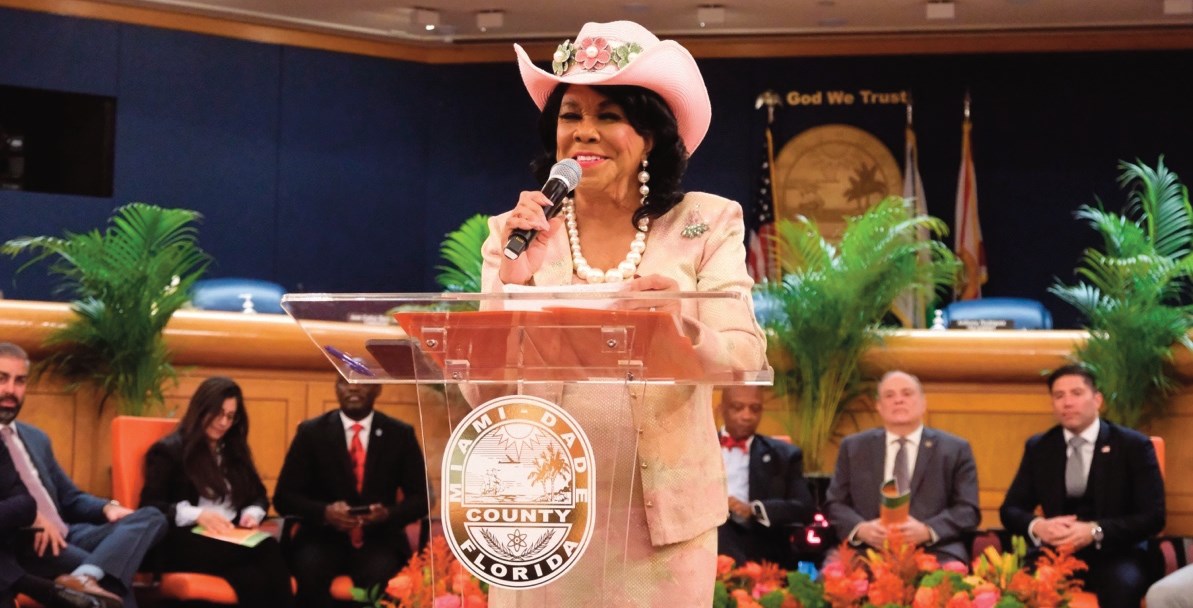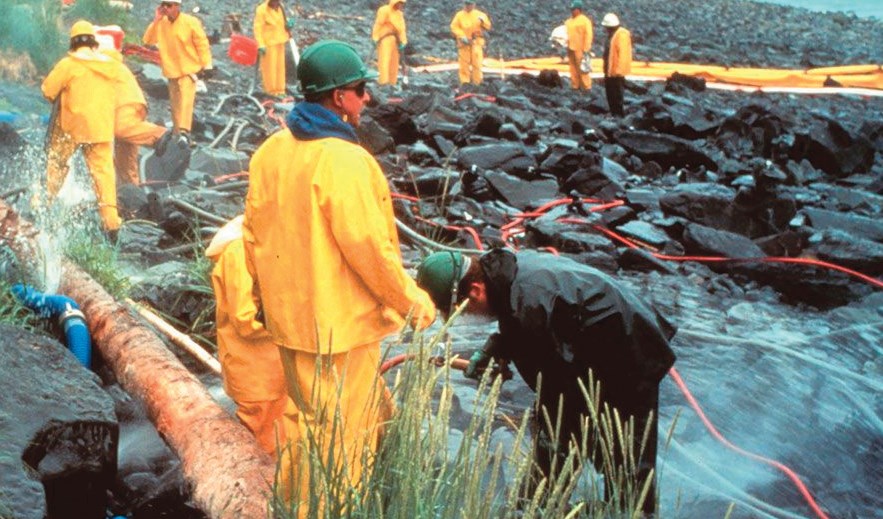NAIROBI, Kenya (AP) — FBI hostage negotiators joined U.S. Navy efforts Thursday to free an American cargo ship captain held captive on a lifeboat by Somali pirates. A U.S. destroyer and a spy plane kept close watch in the high-seas standoff near the Horn of Africa.
The pirates took Capt. Richard Phillips hostage Wednesday after they hijacked the U.S.-flagged Maersk Alabama, but the cargo ship’s crew overpowered them and at least four then fled to a covered lifeboat. It was the first such attack on American sailors in about 200 years.
Kevin Speers, a spokesman for the Maersk shipping company, said the pirates have made no demands yet to the company. He said the safe return of the captain is now its top priority.
The Maersk Alabama is again under way to the Kenyan port of Mombasa – its original destination – with 18 armed guards, according to Capt. Joseph Murphy, a professor at the Massachusetts Maritime Academy whose son, Shane Murphy, is second in command. A person reached by The Associated Press by phone on the bridge of the vessel confirmed that “We’re moving.”
A U.S. official, speaking on grounds of anonymity because of the sensitivity of the situation, also said a military team of armed guards was aboard the Maersk Alabama.
Joseph Murphy said he was told about the development by company officials who are briefing families and estimates it will arrive in Kenya on Saturday. The Maersk Alabama, loaded with relief aid, had been en route to Mombasa when it was attacked about 380 miles east of the Somali capital of Mogadishu.
Earlier Thursday, the USS Bainbridge had arrived near the Maersk Alabama and the lifeboat with the pirates, Speers said, adding that the lifeboat holding the pirates and the captain was out of fuel.
“The boat is dead in the water,” he told AP Radio. “It’s floating near the Alabama. It’s my understanding that it’s floating freely.”
The U.S. Navy has sent up P-3 Orion surveillance aircraft and has video of the scene.
FBI spokesman Richard Kolko described the bureau’s hostage negotiating team as “fully engaged” with the military in strategizing ways to retrieve the ship’s captain and secure the Maersk Alabama and its roughly 20-member U.S. crew.
One senior Pentagon official, speaking on grounds of anonymity because of the sensitivity of the situation, described the incident now as a “somewhat of a standoff.”
Though officials declined to say how close the Bainbridge is to the site, one official said of the pirates: “They can see it with their eyes.” He spoke on condition of anonymity due to the sensitivity of talking about a military operation in progress.
The Bainbridge was among several U.S. ships that had been patrolling in the region when the 17,000-ton Maersk Alabama was captured by the pirates. It was the sixth vessel seized in a week.
Somali Foreign Minister Mohamed Omaar said the pirates “cannot win” against American forces.
“The pirates are playing with fire and have got themselves into a situation where they have to extricate themselves because there is no way they can win,” he told The Associated Press.
Phillips’ family was at his Vermont farmhouse, anxiously watching news reports and taking telephone calls from the State Department.
“We are on pins and needles,” said Gina Coggio, 29, half sister of Phillips’ wife, Andrea, as she stood on the porch of his one-story house Wednesday in a light snow. “I know the crew has been in touch with their own family members, and we’re hoping we’ll hear from Richard soon.”
Phillips surrendered himself to the pirates to secure the safety of the crew, Coggio said.
“What I understand is that he offered himself as the hostage,” she said. “That is what he would do. It’s just who he is and his response as a captain.”
Coggio said she believed there were negotiations under way, although she didn’t specify between whom.
With one warship nearby and more on the way, piracy expert Roger Middleton from London-based think tank Chatham House said the pirates were facing difficult choices.
“The pirates are in a very, very tight corner,” Middleton said. “They’ve got only one guy, they’ve got nowhere to hide him, they’ve got no way to defend themselves effectively against the military who are on the way and they are hundreds of miles from Somalia.”
The pirates would probably try to get to a mothership, he said, one of the larger vessels that tow the pirates’ speedboats out to sea and resupply them as they lie in wait for prey. But they also would be aware that if they try to take Phillips to Somalia, they might be intercepted. And if they hand him over, they would almost certainly be arrested.
Other analysts say the U.S. will be reluctant to use force as long as one of its citizens remains hostage. French commandos, for example, have mounted two military operations against pirates once the ransom had been paid and its citizens were safe.
Many of the pirates have shifted their operations down the Somali coastline from the Gulf of Aden to escape naval warship patrols, which had some success in preventing attacks last year.
International attention focused on Somali pirates last year after the audacious hijackings of an arms shipment and a Saudi oil supertanker. Warships from more than a dozen nations are patrolling off the Somali coast but analysts say the multimillion-dollar ransoms paid out by companies ensure piracy in war-ravaged, impoverished Somalia will not disappear.
The attacks often beg the question of why ship owners do not arm their crew to fend off attacks. Much of the problem lies with the cargo. The Saudi supertanker, for example, was loaded with 2 million barrels of oil. The vapor from that cargo was highly flammable; a spark from the firing of a gun could cause an explosion.
There is also the problem of keeping the pirates off the ships – once they’re on board, they will very likely fight back and people will die.
Pirates travel in open skiffs with outboard engines, working with larger ships that tow them far out to sea. They use satellite navigational and communications equipment, and have an intimate knowledge of local waters, clambering aboard commercial vessels with ladders and grappling hooks.
Any blip on an unwary ship’s radar screens, alerting the crew to nearby vessels, is likely to be mistaken for fishing trawlers or any number of smaller, non-threatening ships that take to the seas every day.
It helps that the pirates’ prey are usually massive, slow-moving ships. By the time anyone notices, pirates will have grappled their way onto the ship, brandishing AK-47s.
Kennedy reported from Nairobi, Apuzzo from Washington. Associated Press writers Pauline Jelinek in Washington, Katharine Houreld in Nairobi, Ray Henry in Bourne, Mass., and John Curran in Underhill, Vt., contributed to this report.
Photo:Somali pirates are being held by Puntland police in Bassaso, Somalia.












No Comment